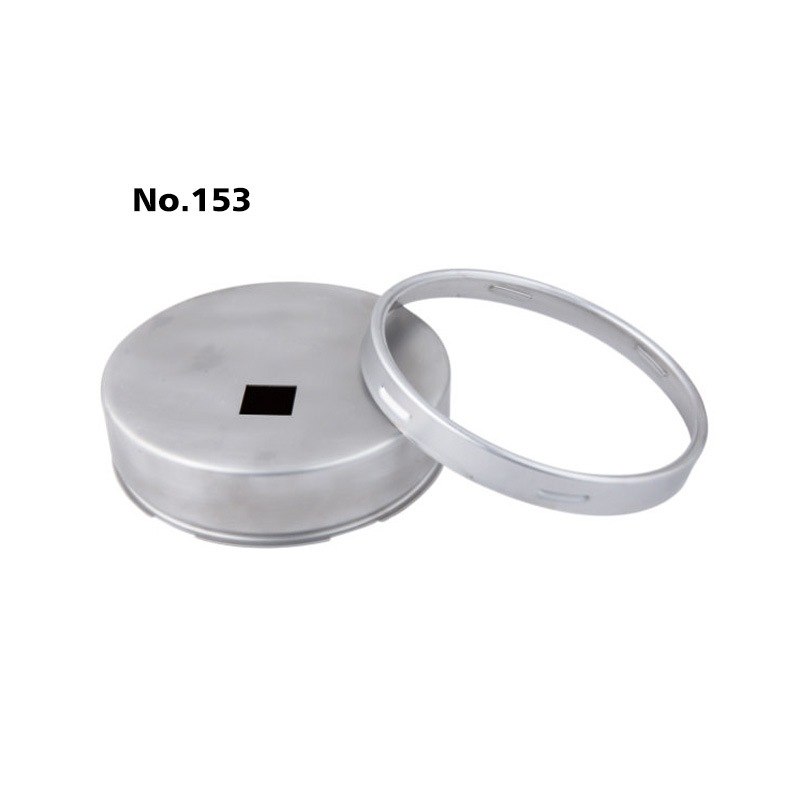Bourdon tube - A thin walled elastic tube of metal that is flat and formed into a circular shape, which tends to straighten in response to increases in pressure and is fixed to a pressure recording or indicating device such as a gauge.

Pointer - The part of the gauge that works with the dial to indicate the pressure level.
Pointer Indication Adjustment - A way of making a modification in indication with an adjustable needle with the change being the same over the whole scale.
Pressure relief plug - The insertion of a plug in the wall of the gauge that vents when there is an element leak to prohibit excess pressure build up in the case.
Proof Pressure - The highest pressure a gauge can maintain with no apparent alteration in accuracy.
Pulsation - A periodic pressure swell
Repeatability - The highest difference from any two or more successive indications for identical working conditions and applied pressure.
Restrictor - The apparatus that limits the flow of fluid between the pressure element and the source of pressure.
Retard Gauge - The scale of this gauge is compressed at either one or both ends.
Ring - The part that firmly fixes the window to the case.
Rupture Pressure - The point at which a vessel's capacity to contain pressurized material is exceeded.
Scale - The markings on the dial comprised of gradations, related numbers and units of measure.
Snubber - An apparatus for the reduction of the effect of pressure variations and surges.
Socket (stem) - The major supporting element of the pressure component assembly that the elastic component is fixed.
Temperature Error - The alteration of pressure indication that is caused by the difference of temperature in the components from the temperature at which they were calibrated.
Wetted Parts - Any element of a gauge that comes in direct contact with pressure media.
Window - A clear component made of glass or plastic closing the front of the case.